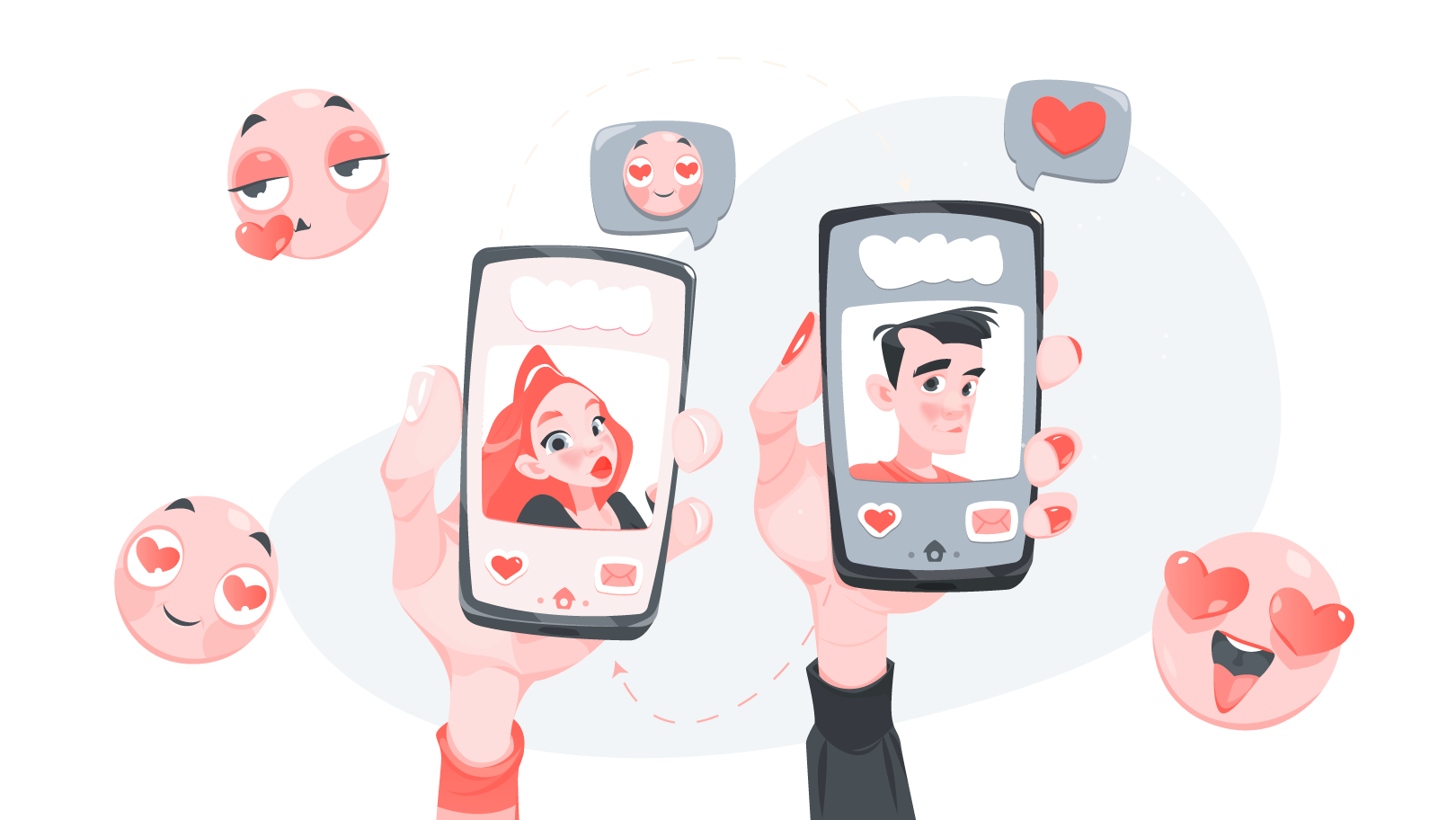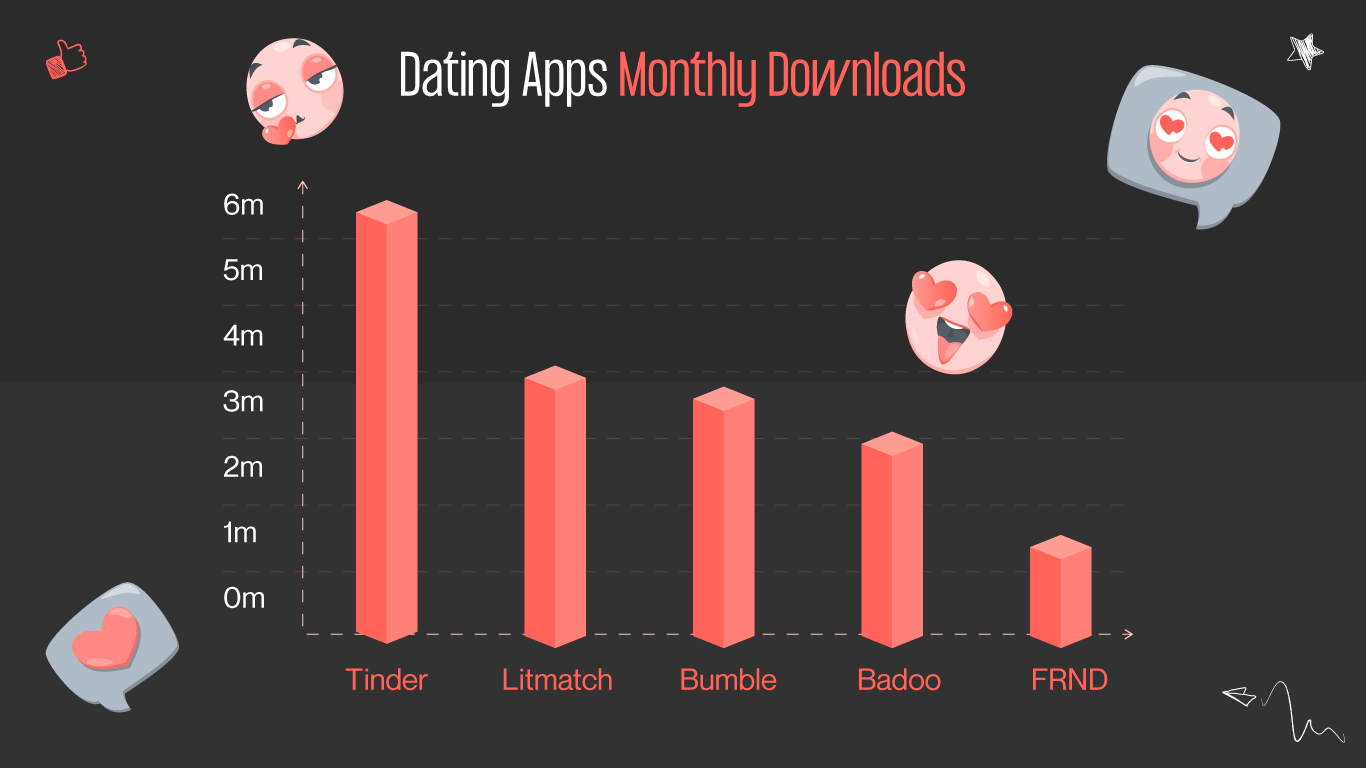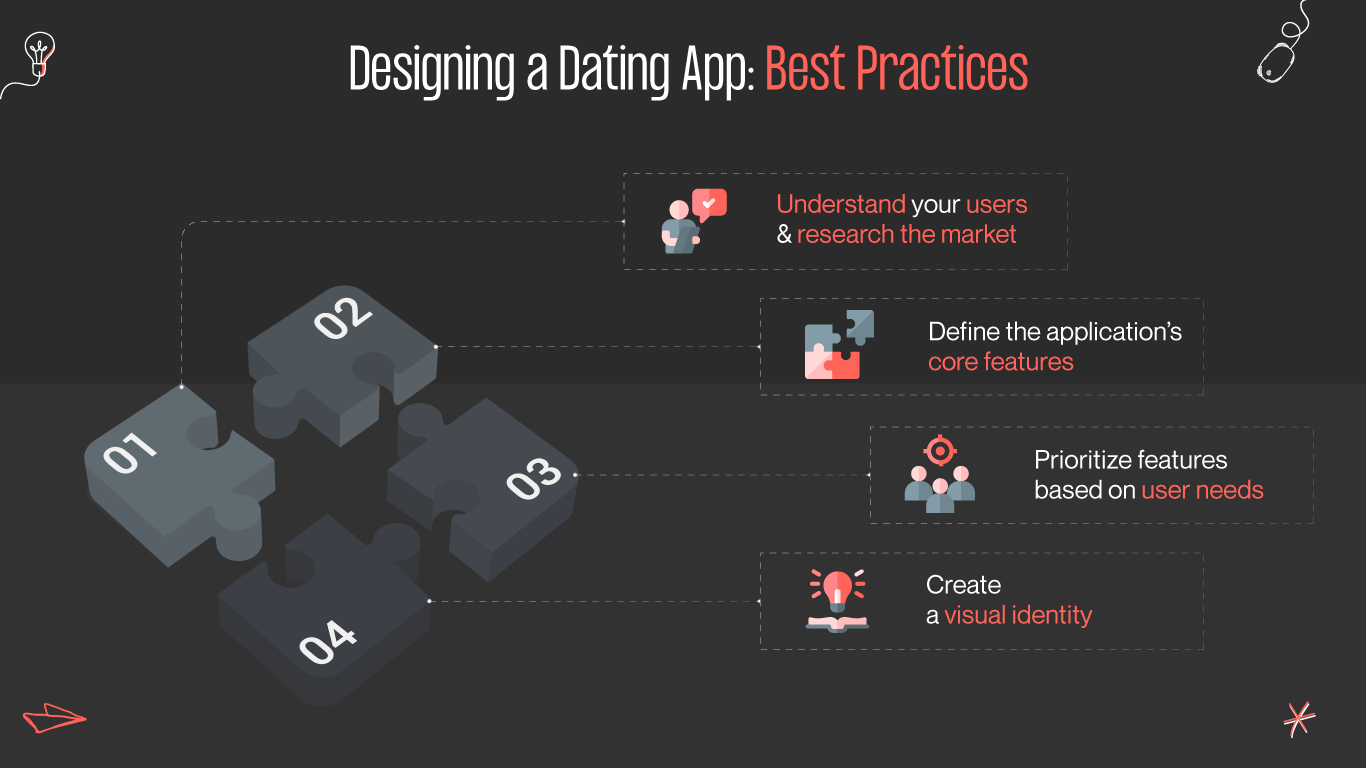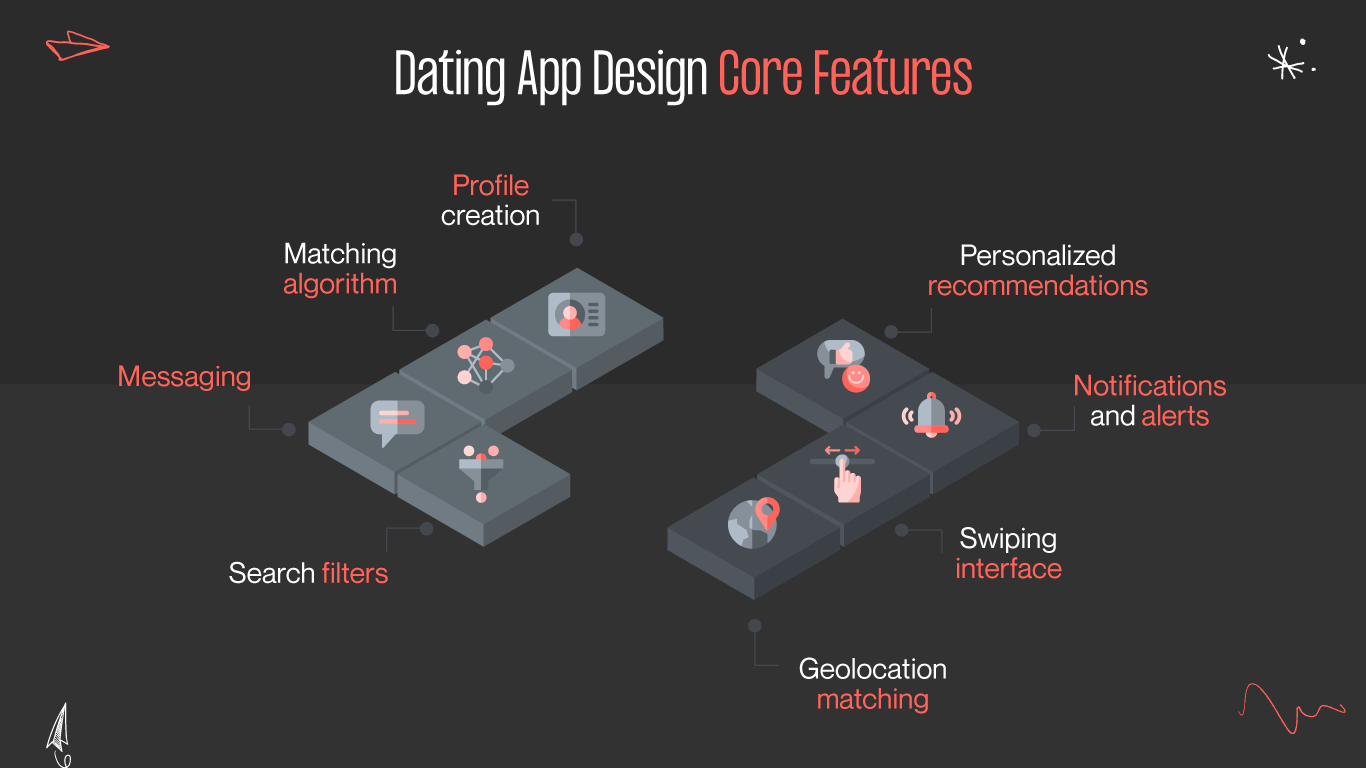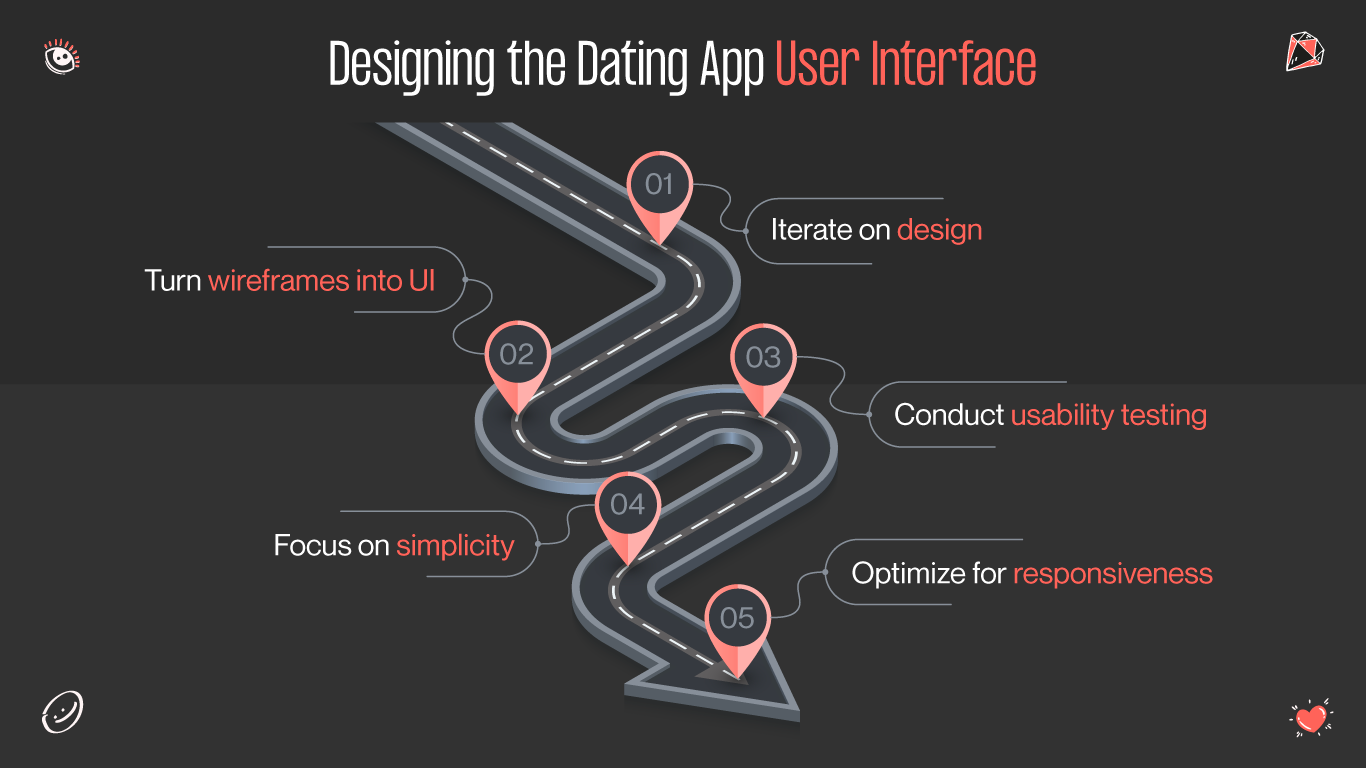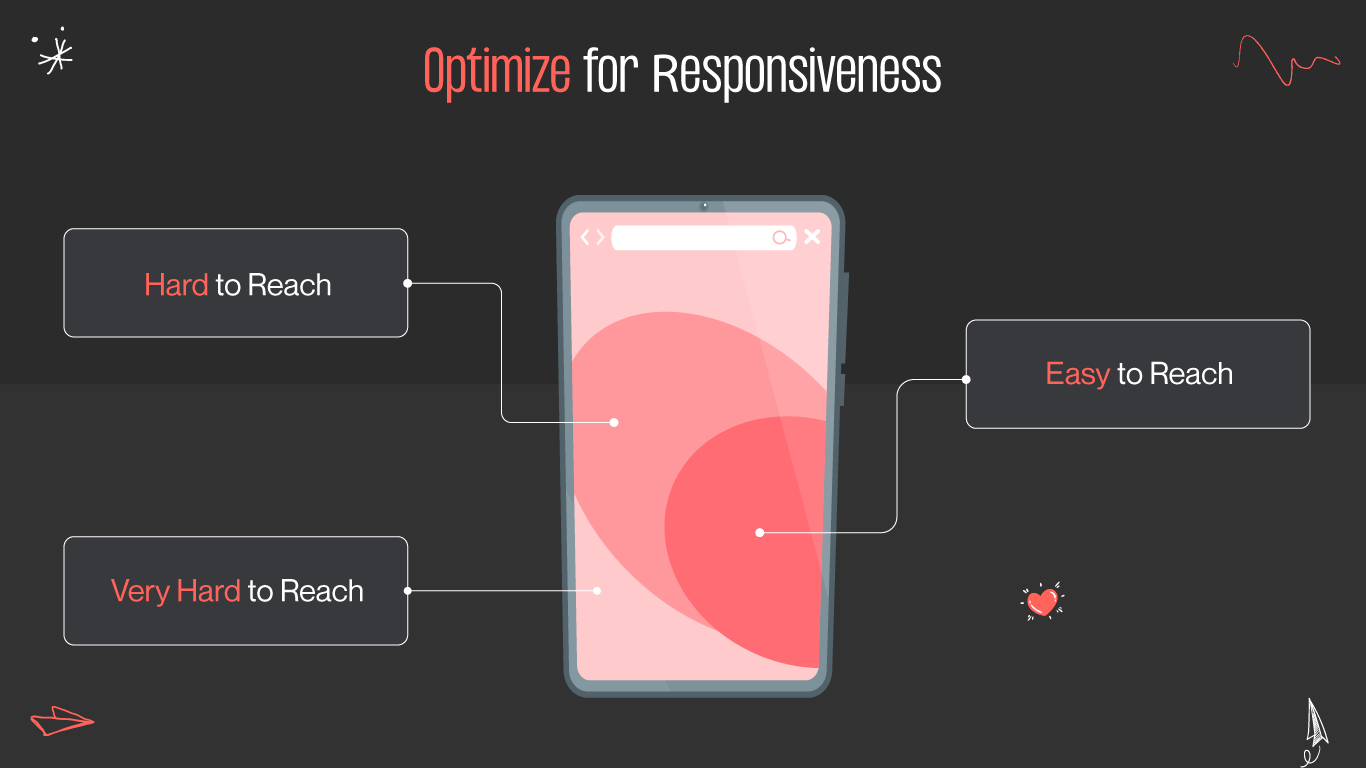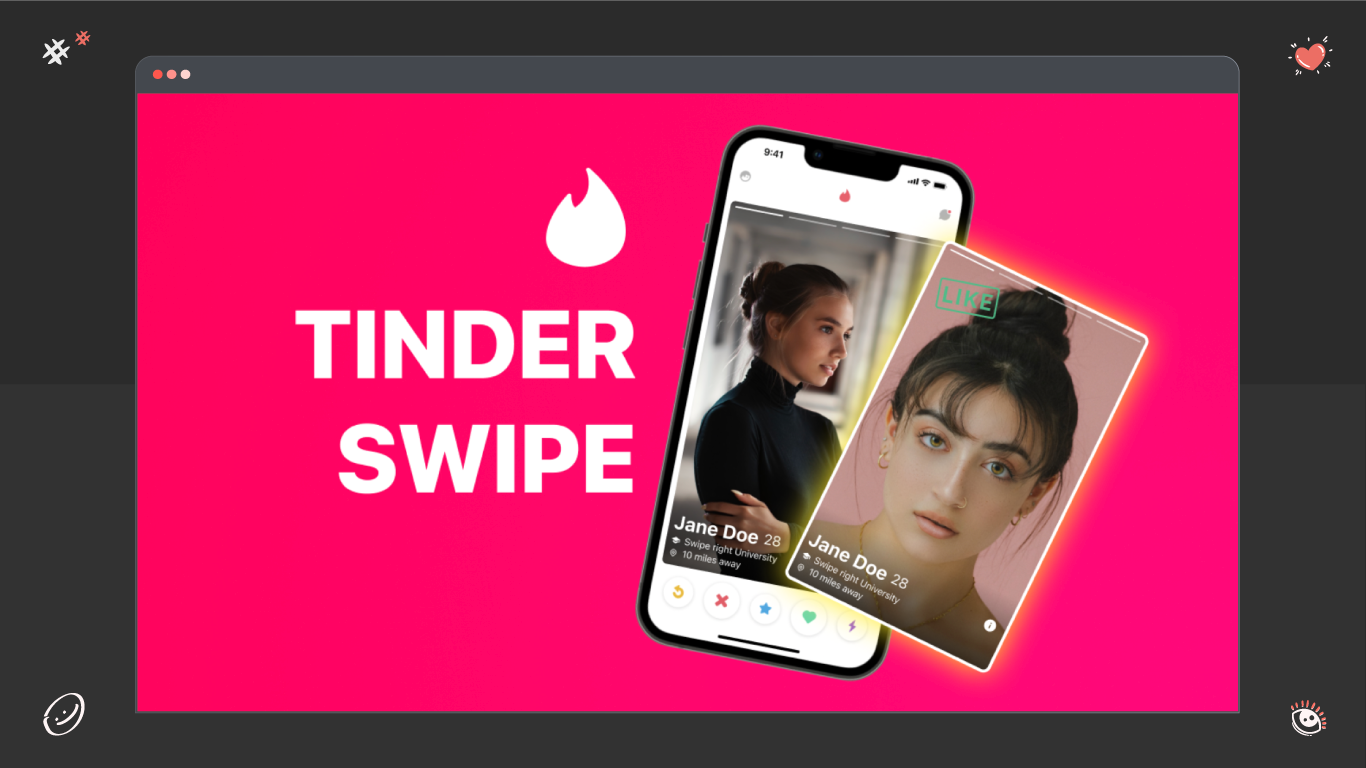Navigating the world of online dating can be exciting and overwhelming. With the amount of dating apps available today, users have more options than ever to connect with potential partners. There are over 1,500 dating apps worldwide. However, with this abundance of choices comes the challenge of standing out in a crowded market.
One of the essential factors that can set a dating app apart from its competitors is its design. A high-quality dating app UX enhances the user experience, fosters trust, encourages engagement, and contributes to the platform’s success.
In this article, Gapsy will delve into the importance of design in dating apps, explore core design principles and strategies, and discuss how designers can create compelling and competitive platforms that resonate with users and drive growth in the competitive digital dating landscape.

